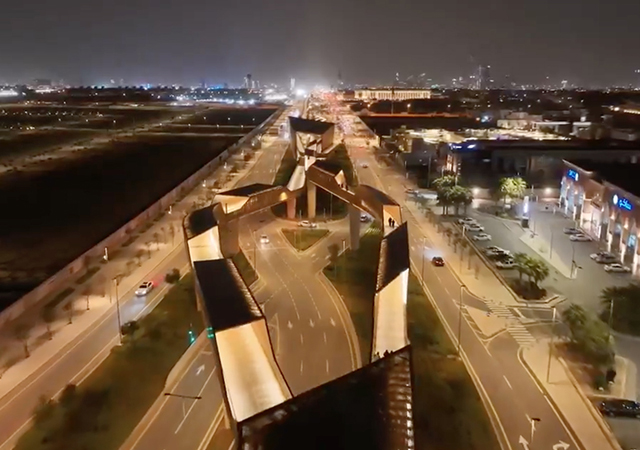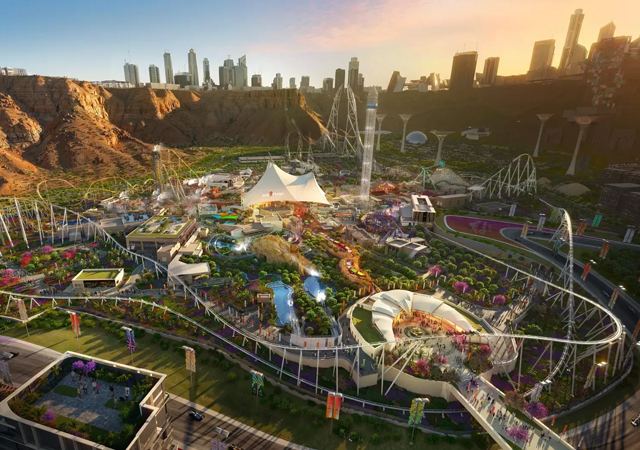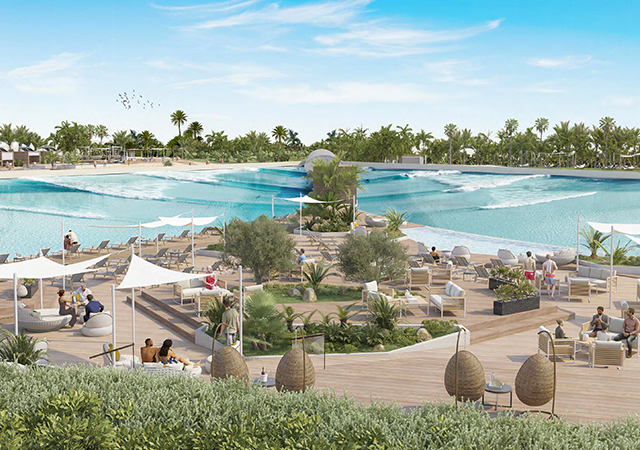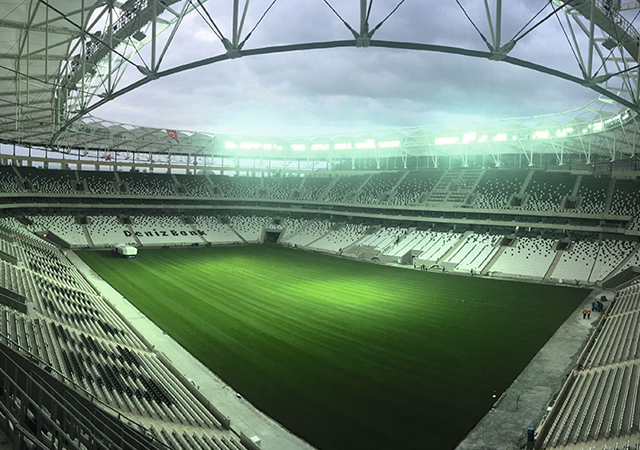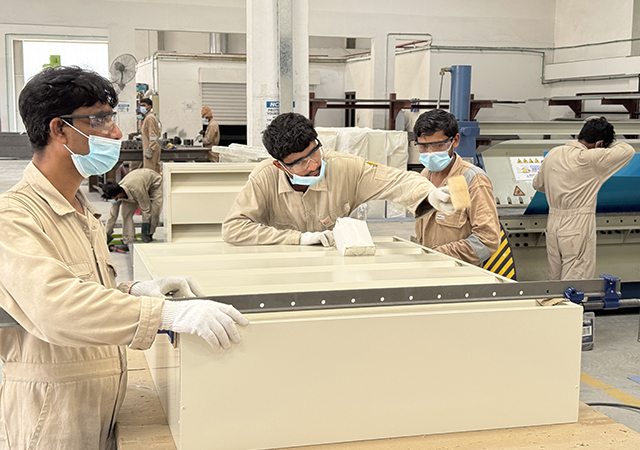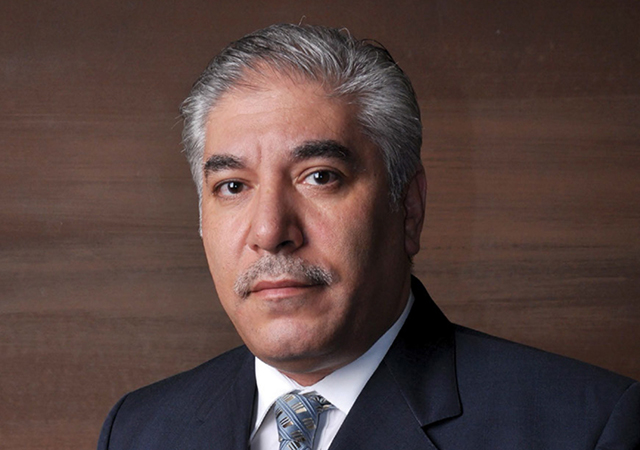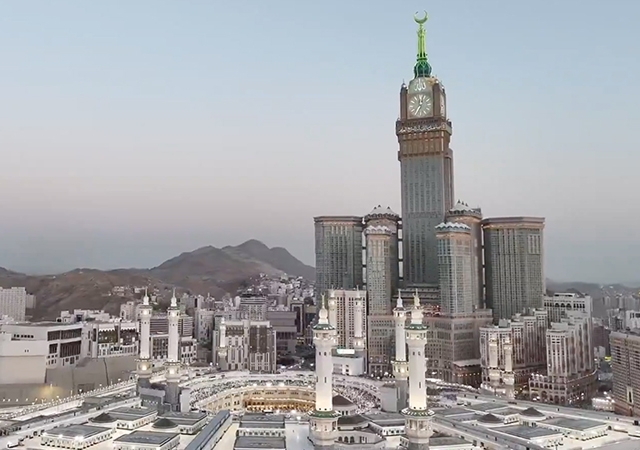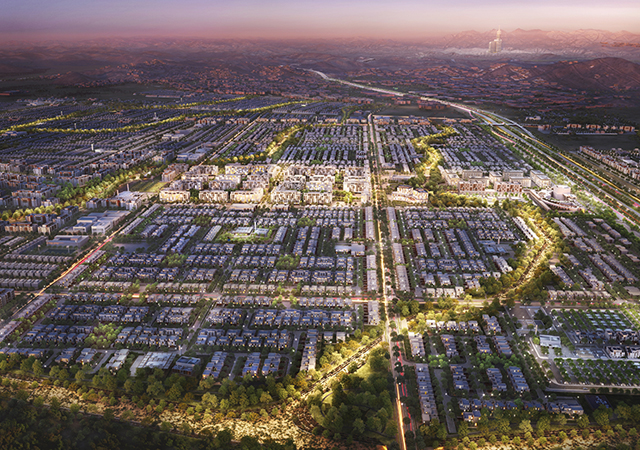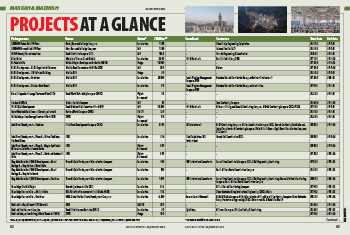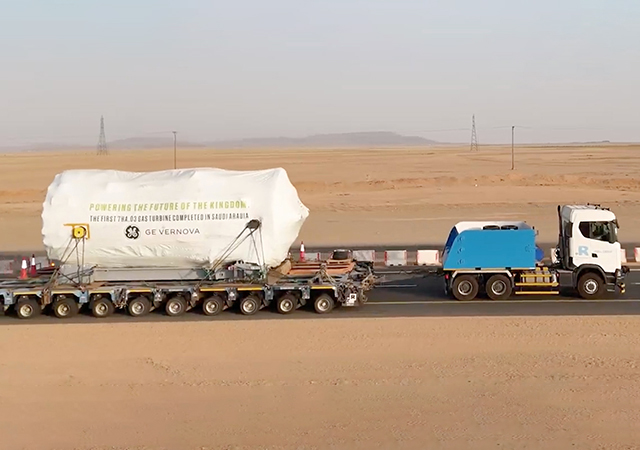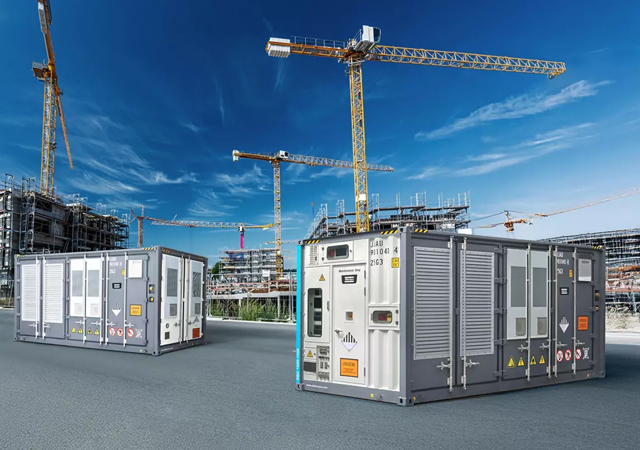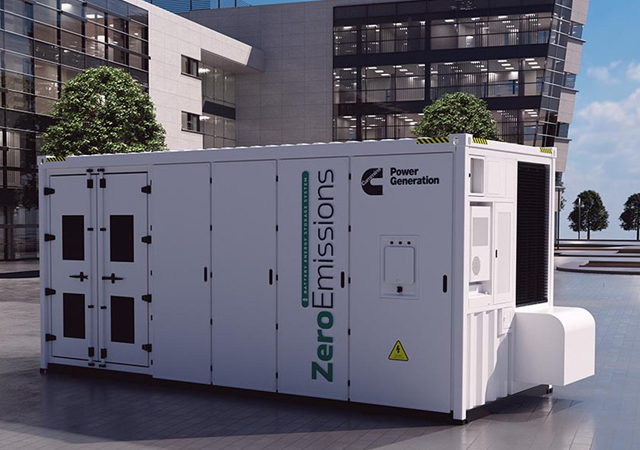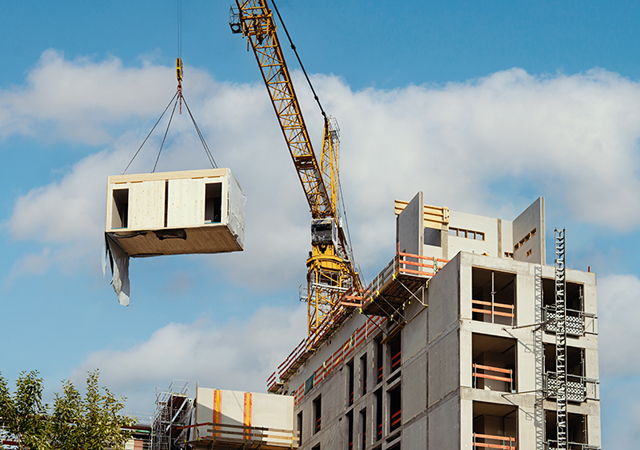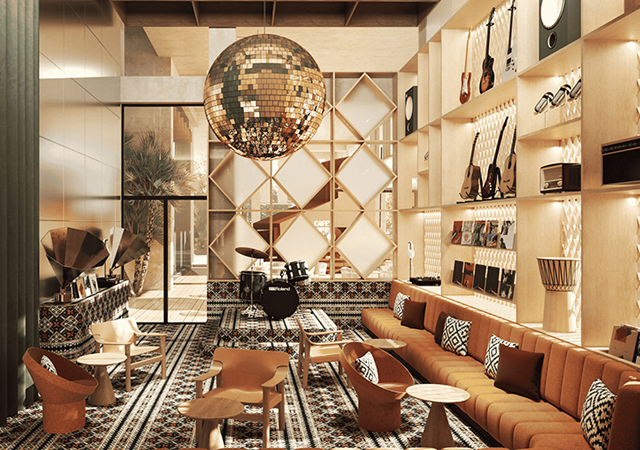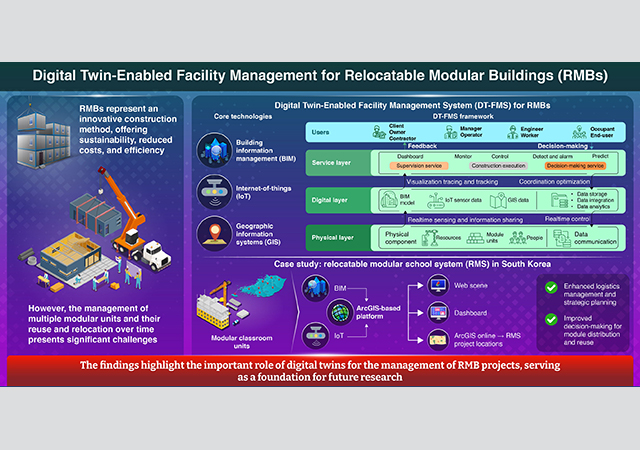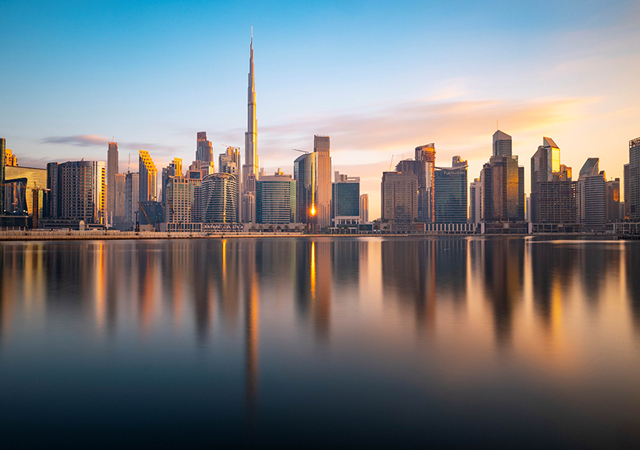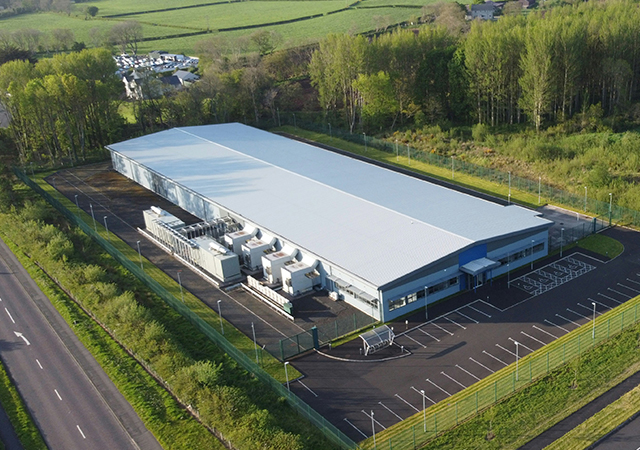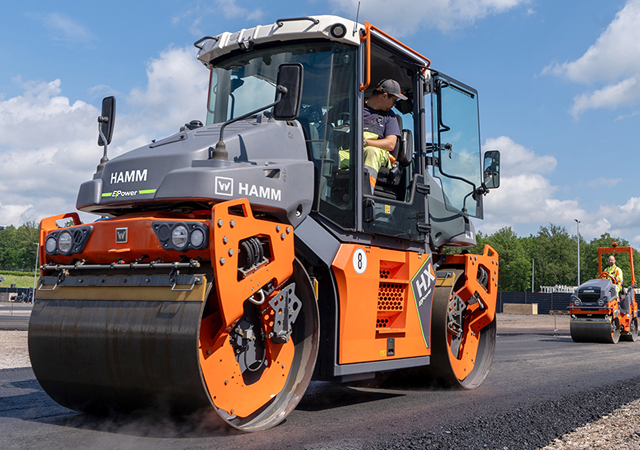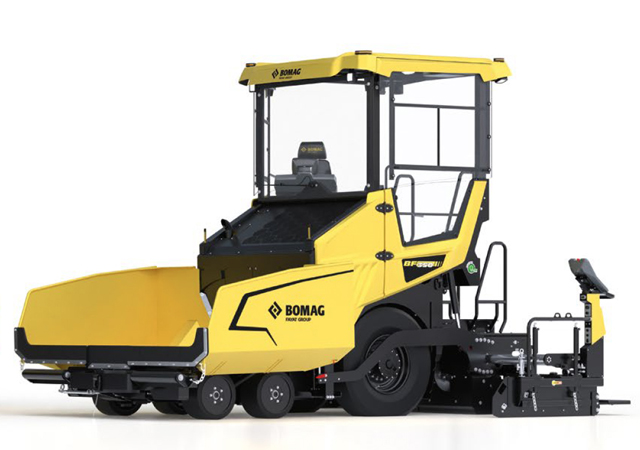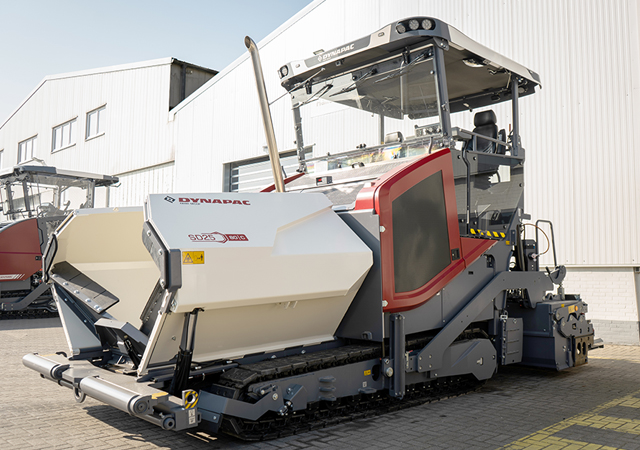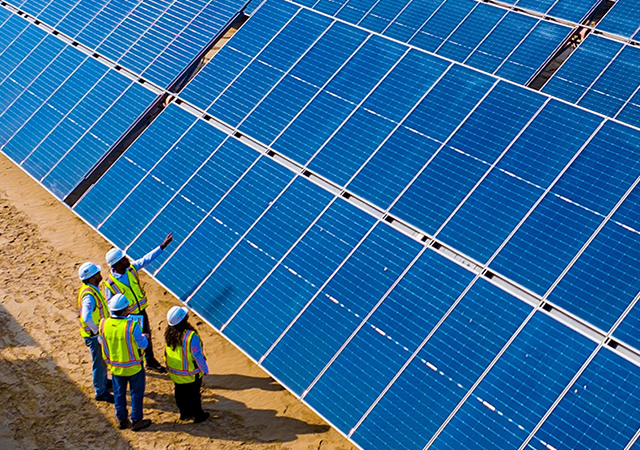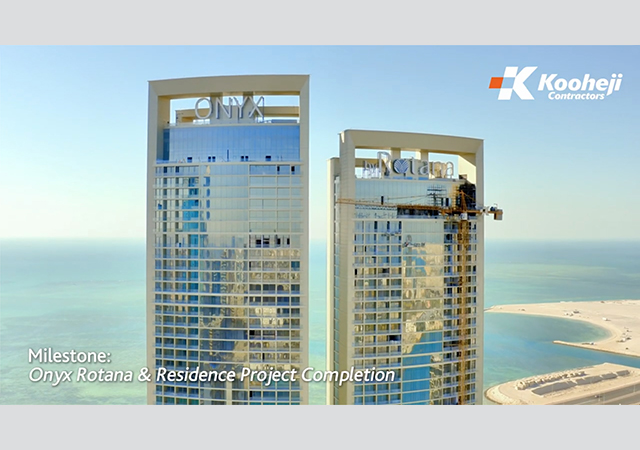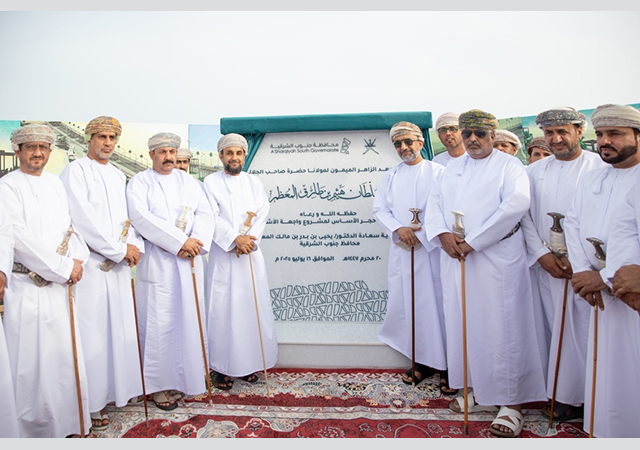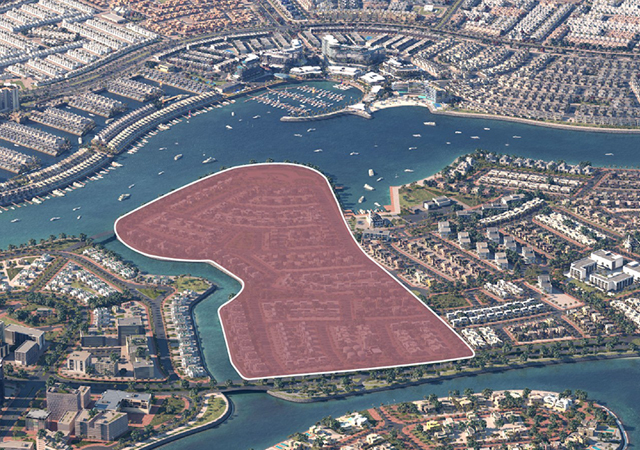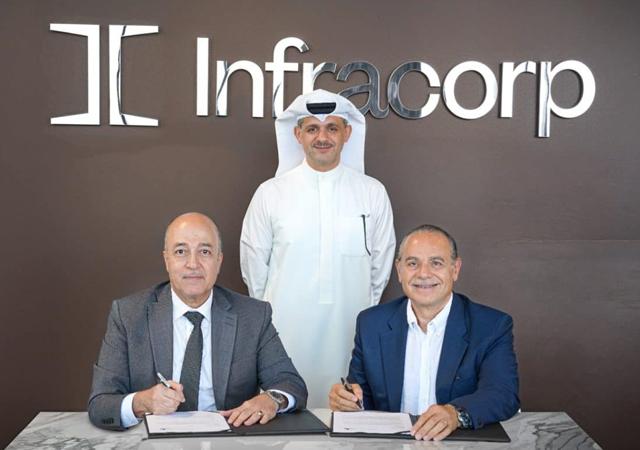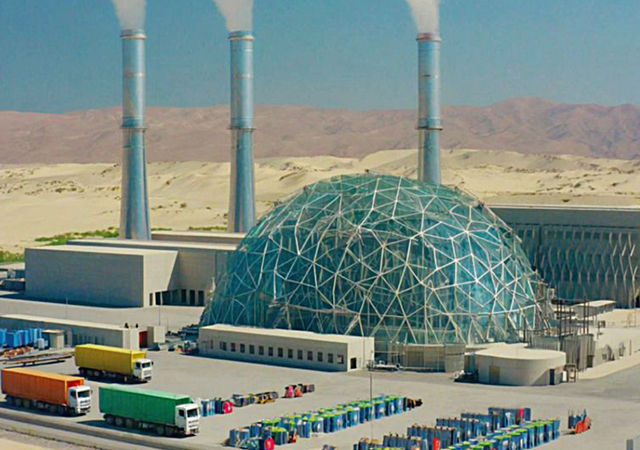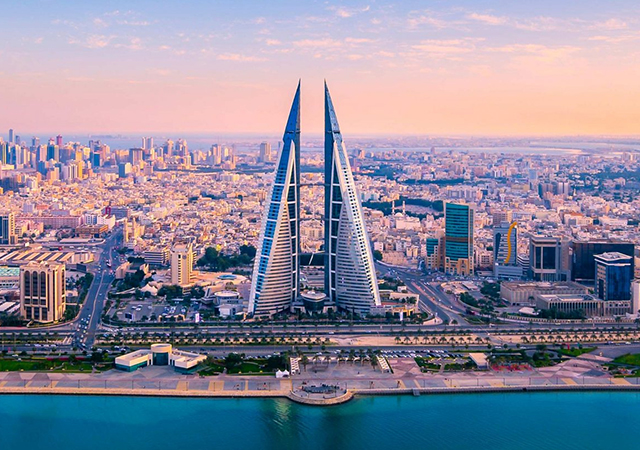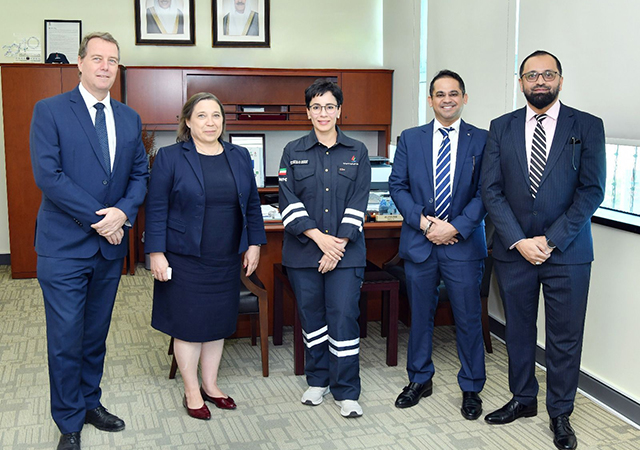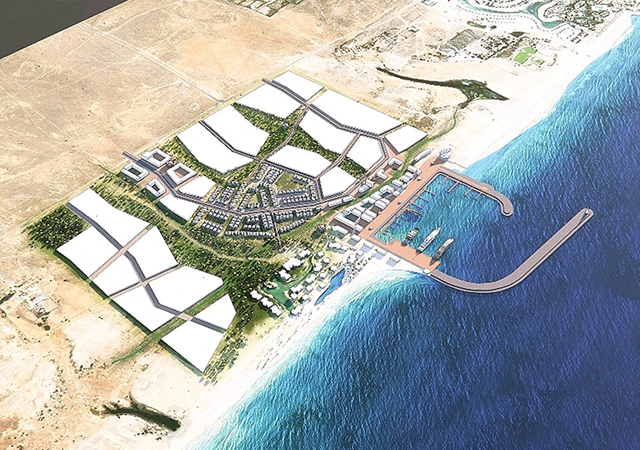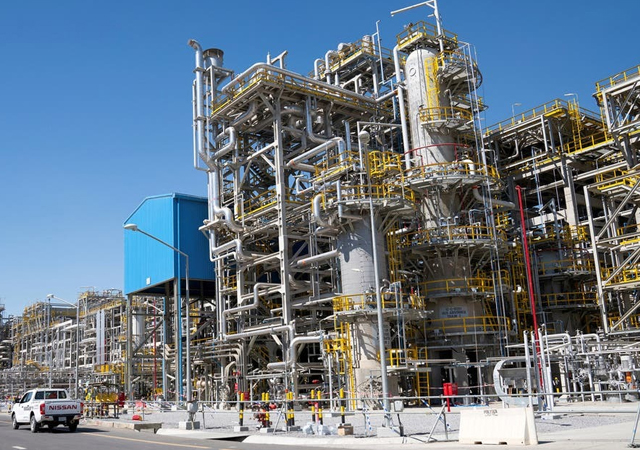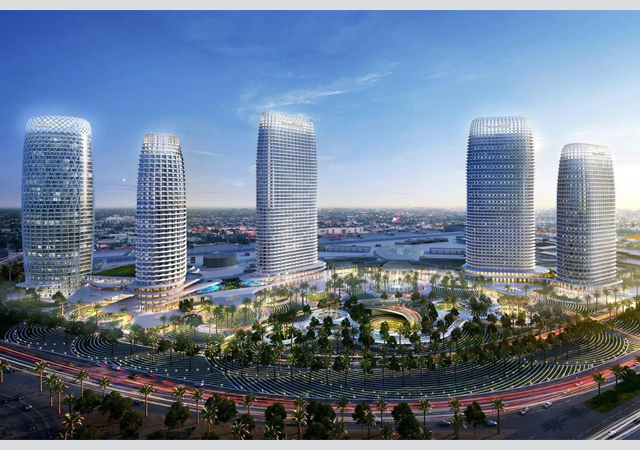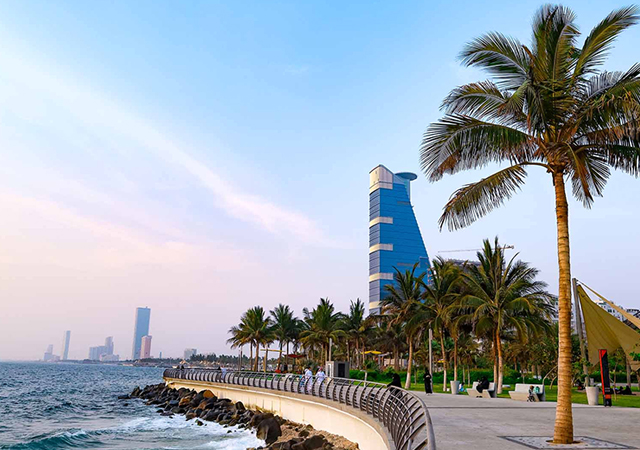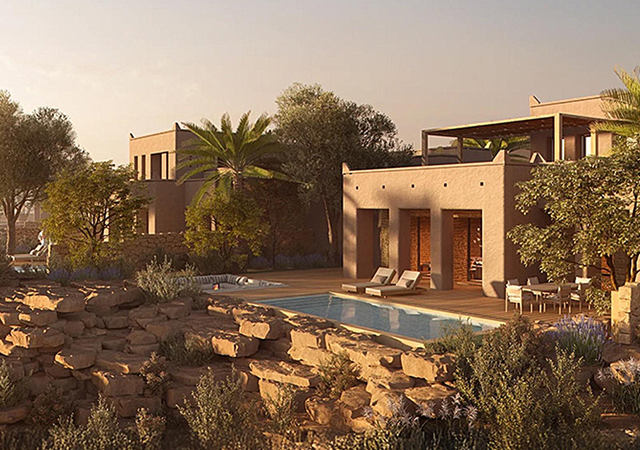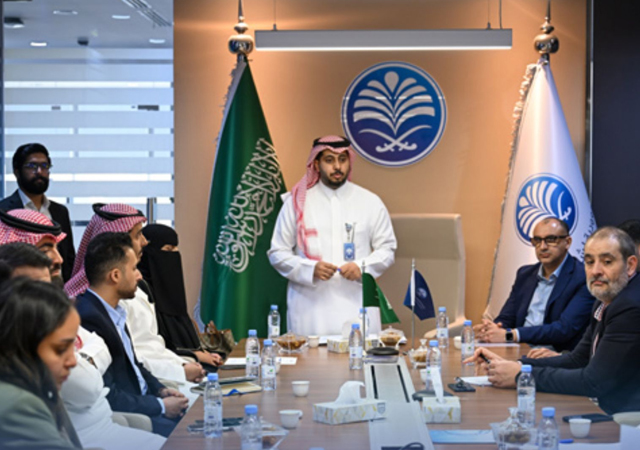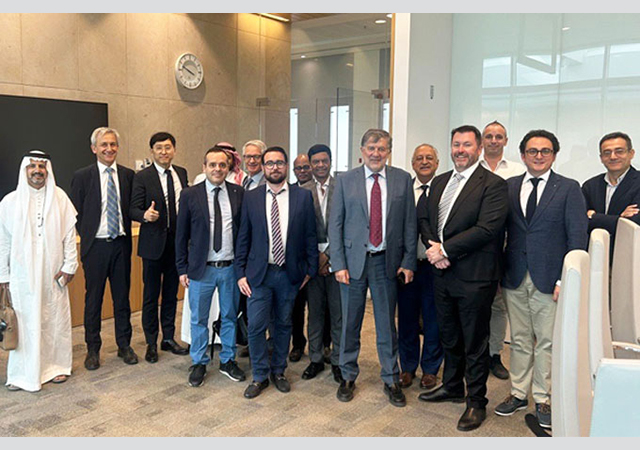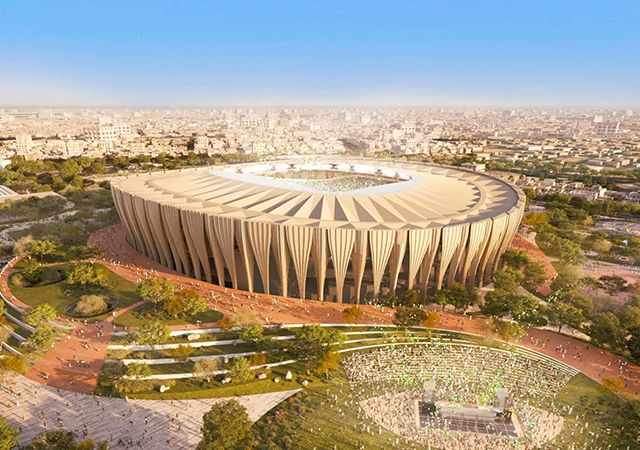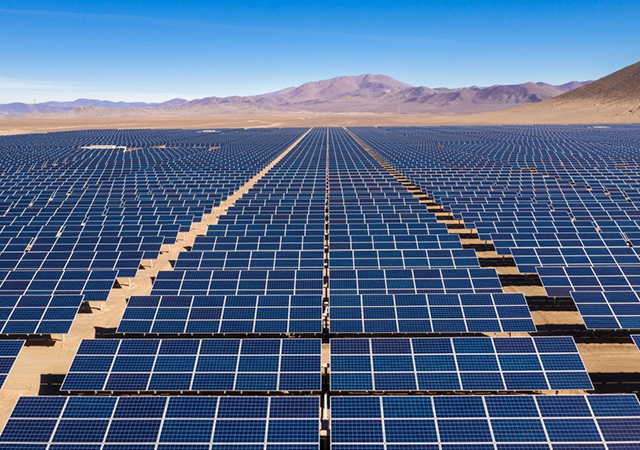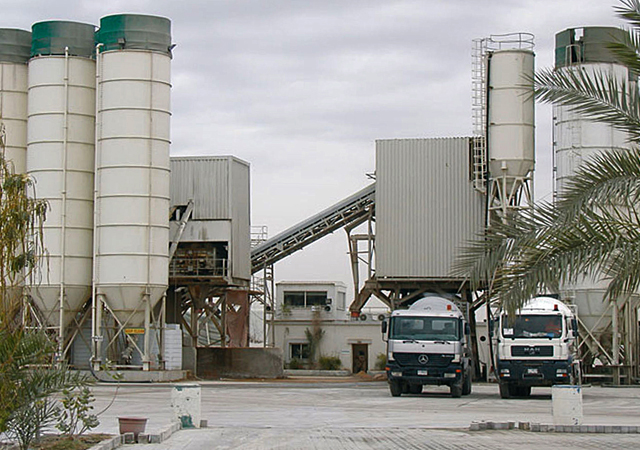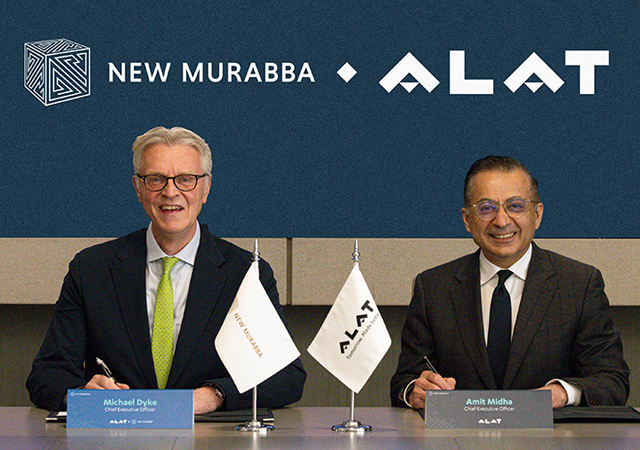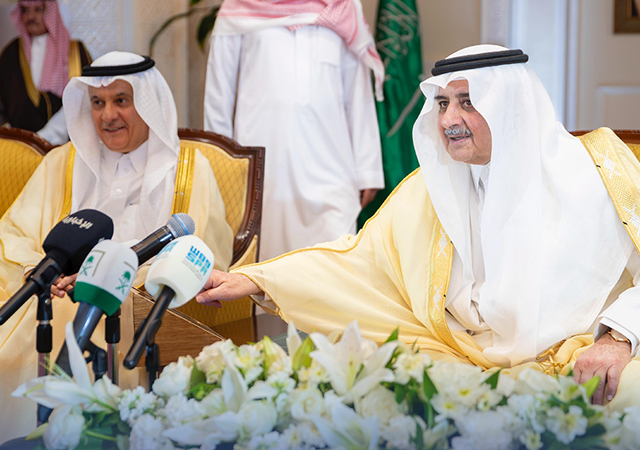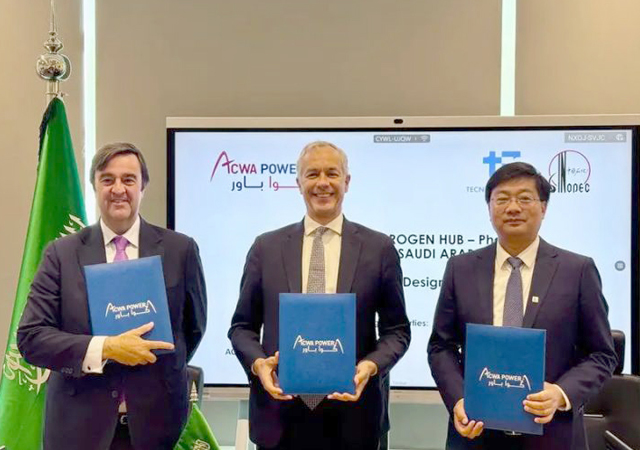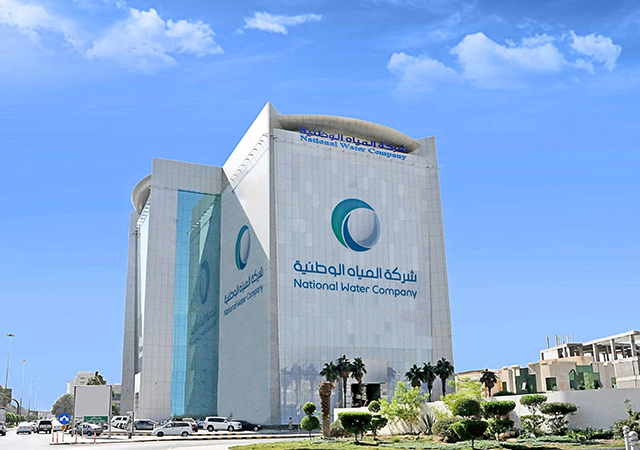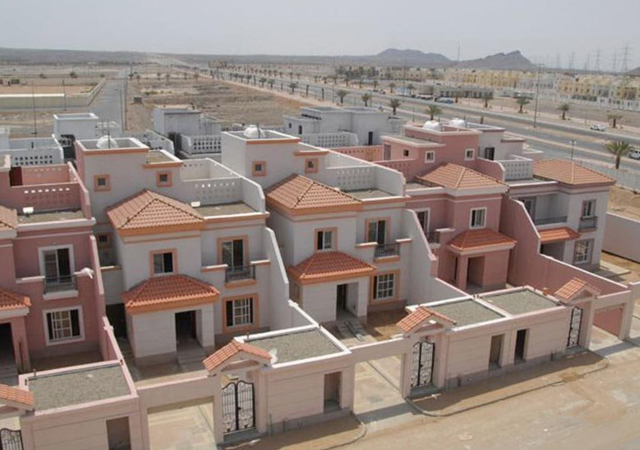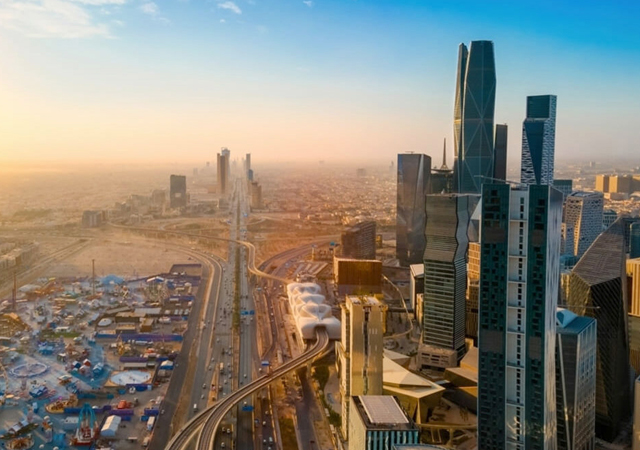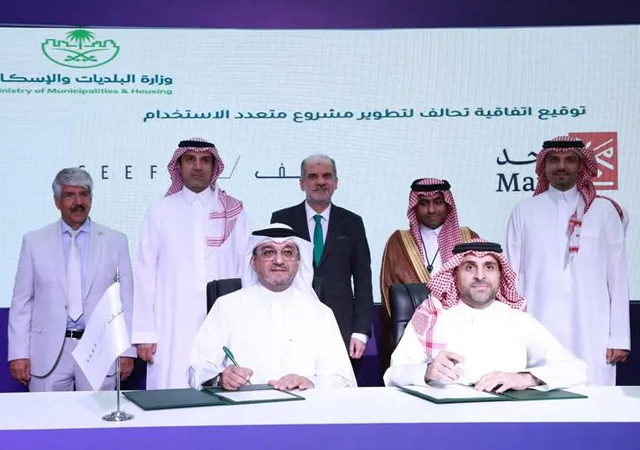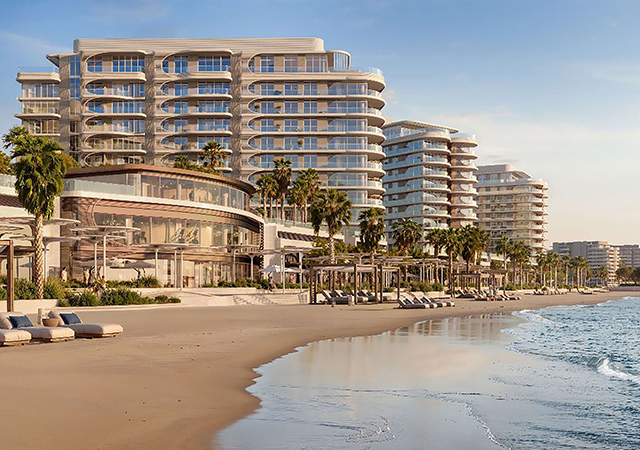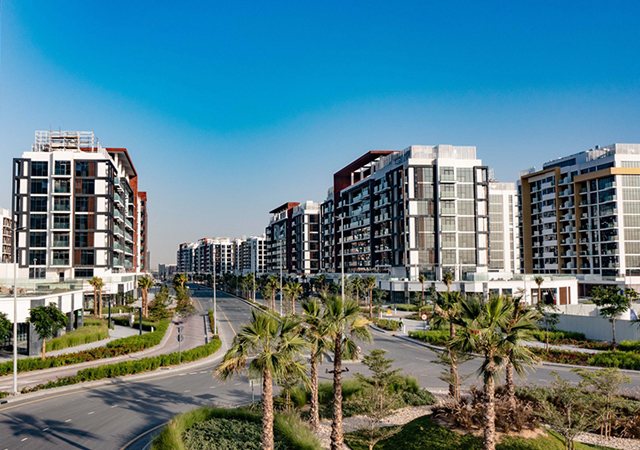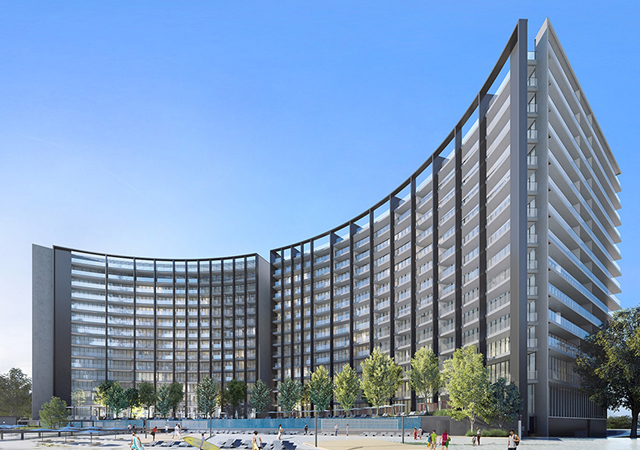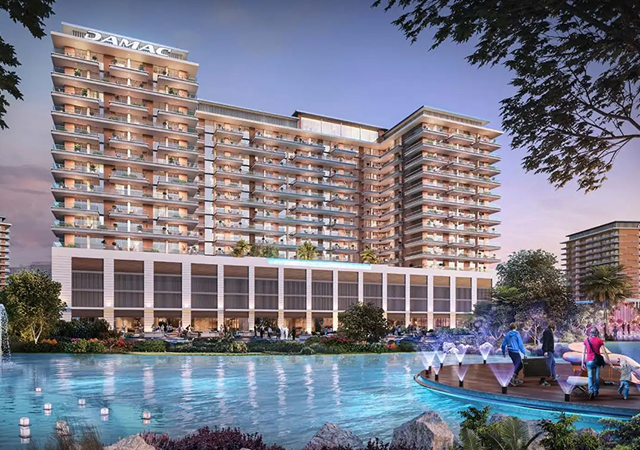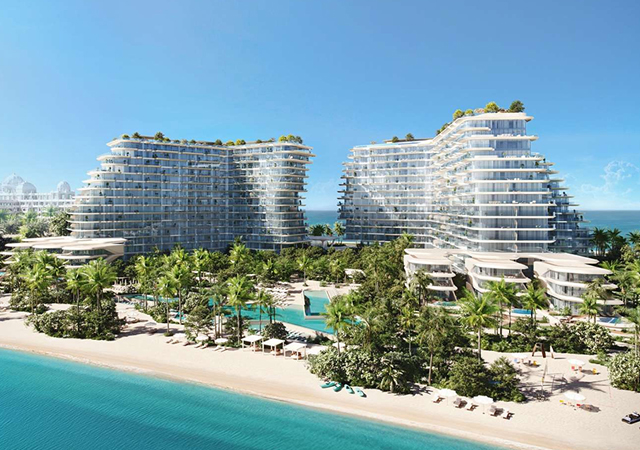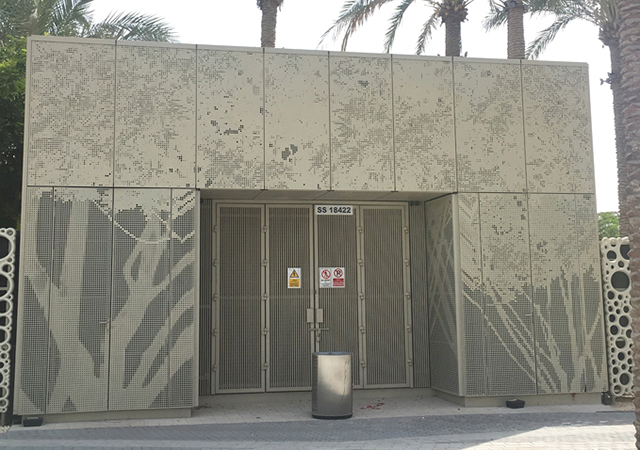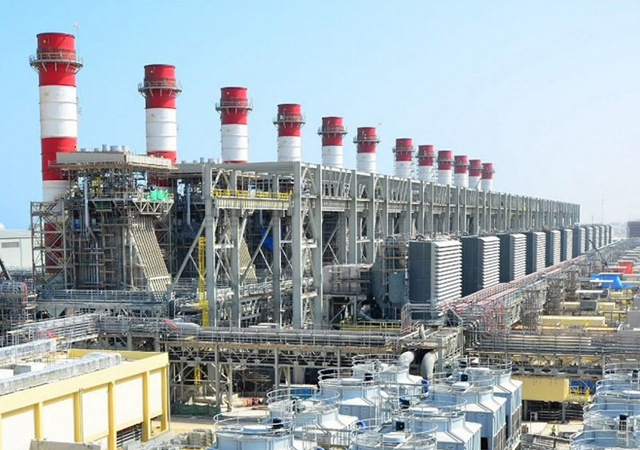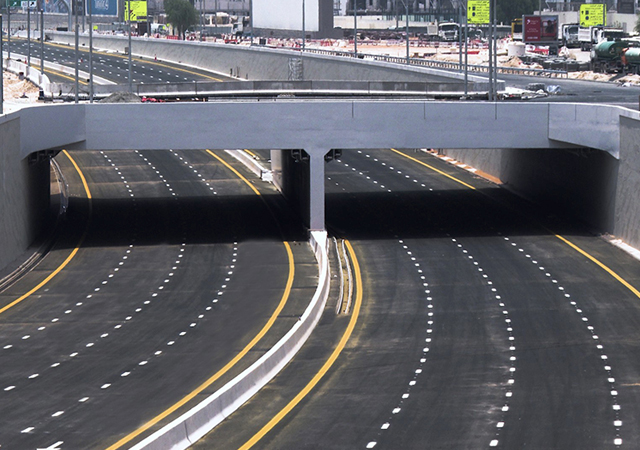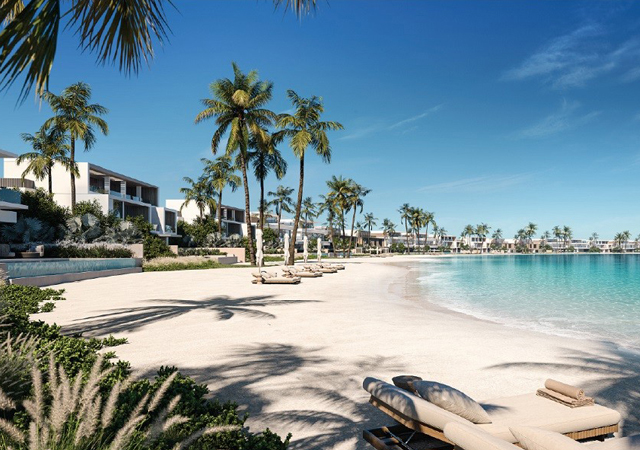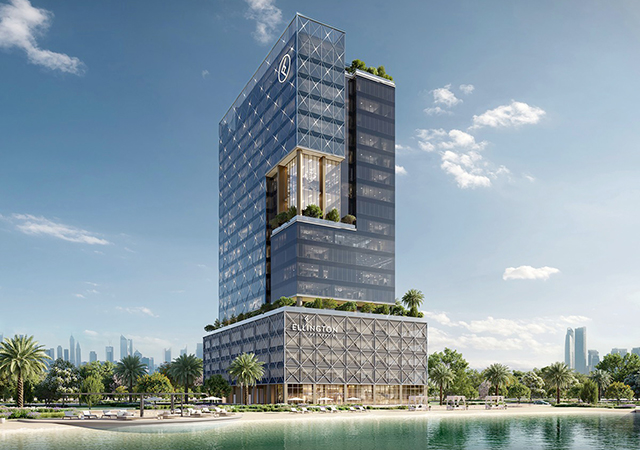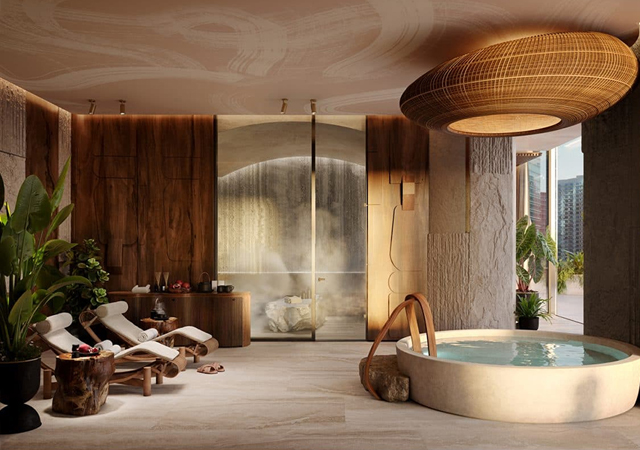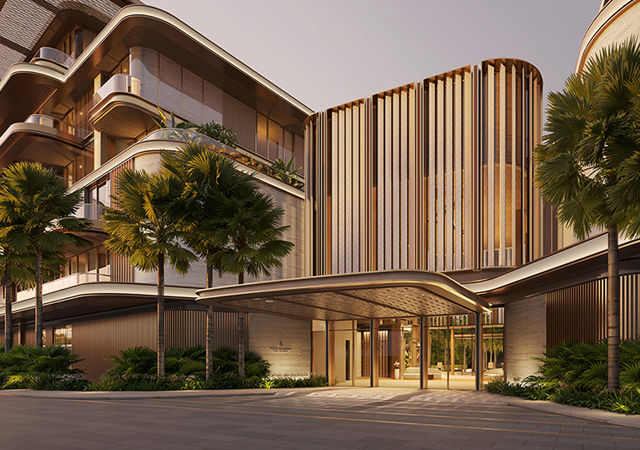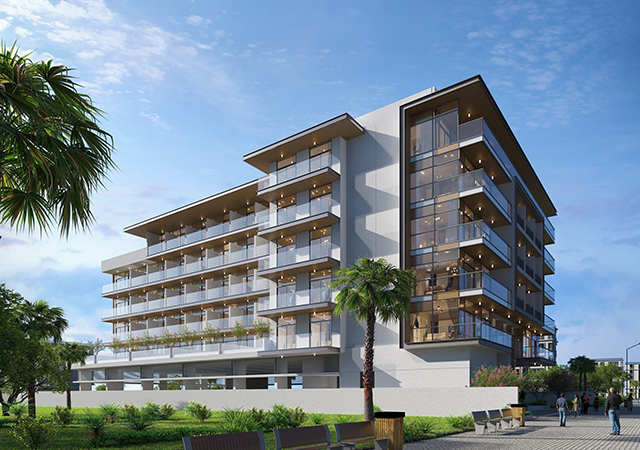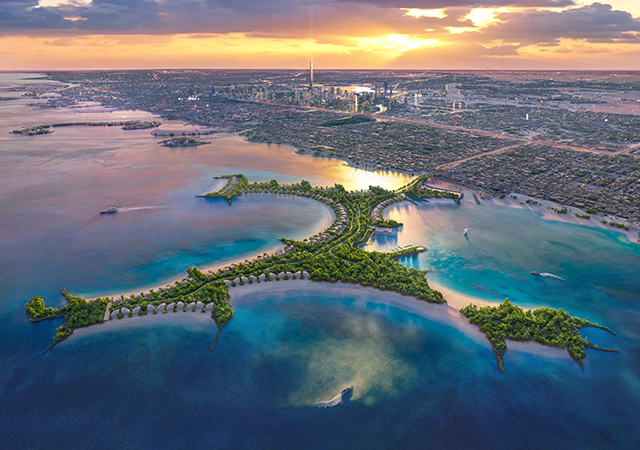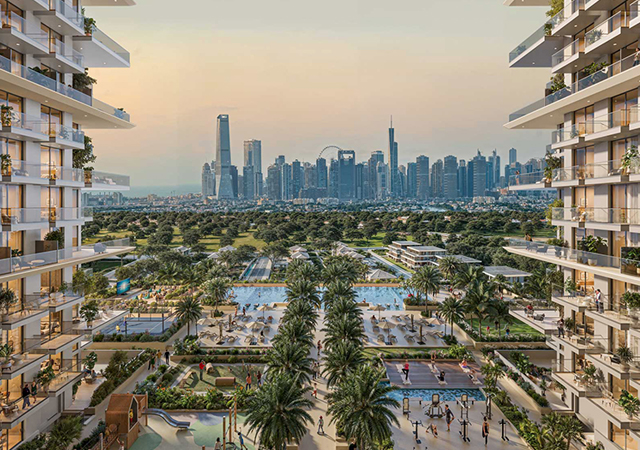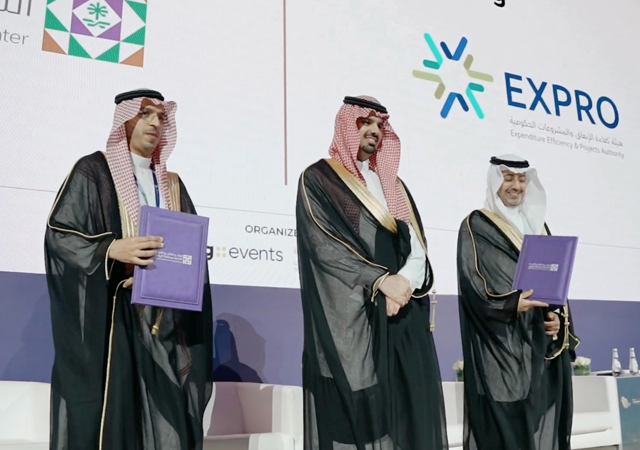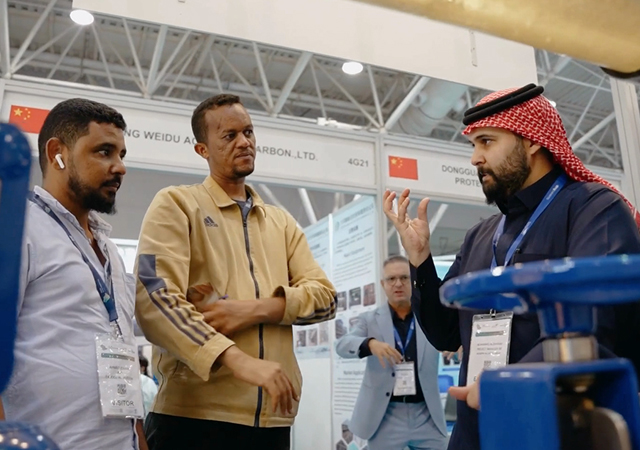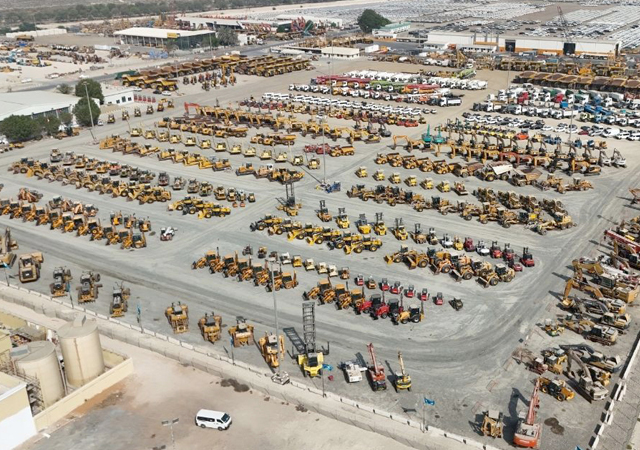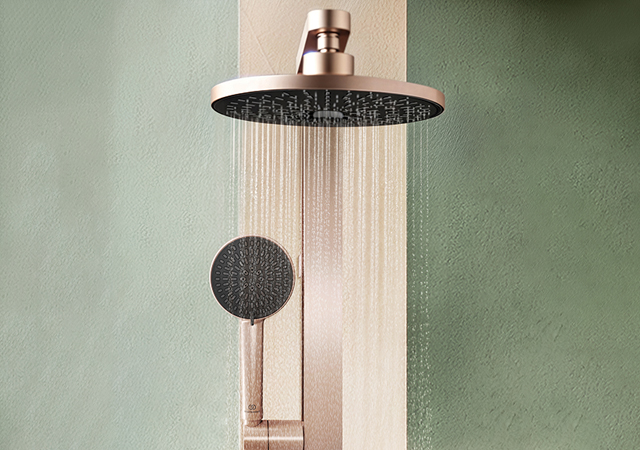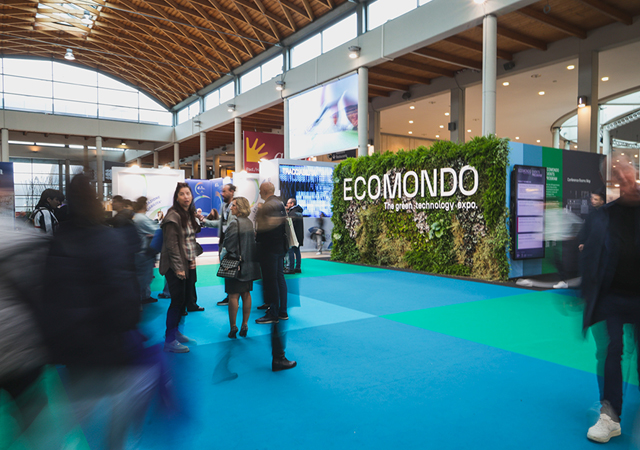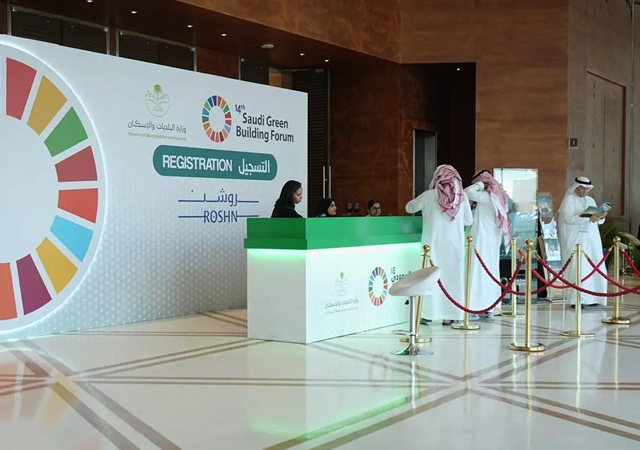
 A total of 10 Alimak hoists are working on the Al Murooj site.
A total of 10 Alimak hoists are working on the Al Murooj site.
ANEW landmark off Dubai’s Sheikh Zayed Highway is nearing completion following the recent topping out of a 14-storey hotel tower and eight distinctively-shaped 12-storey residential towers connected by seven-storey buildings.
The prestigious Al Murooj complex is ideally situated near the new Dubai International Financial Centre (DIFC) and the proposed Burj Dubai, which is designed to be the world’s tallest tower.
Designed by Artec Architectural and Engineering Consultants, it will include a total of 612 luxury apartments and penthouses, a 248-room hotel, shops, restaurants and swimming pools.
The complex will also include Dubai’s first floating food court, constructed over an artificial lake offering 3,000 sq m of space for 240 diners.
Main contractor Al Ahmadiah Contracting has recently ‘topped out’ the projects luxury hotel. It is relying on Alimak hoists for moving its workforce and materials onto the project, while freeing up the Liebherr tower cranes for more critical formwork, reinforcement and concrete placement, using 7 cu m buckets.
The hotel with a built-up area of 40,000 sq m has a large banquet hall for 100 guests and a major department store covering 42,000 sq m.
The residential towers built as two structures – each with four towers connected by low-rise apartments – provide a total built-up area of 200,000 sq m.
With a total of 10 Alimak hoists on site, it is one of the largest single populations of Alimaks in the UAE. These include aCH20/30 DOL and three CH14/30 DOL double cage units, which feature a floor area of 14 m by 3 m.
The CH20/30 DOL twin cage – purpose-ordered through local dealer Inma – is installed on the four-star hotel tower. It has a capacity of 200 kg and can travel to a height of 120 m at speeds of up to 38 m/min.
The smaller twin cage hoists are installed on the 12-storey luxury apartment towers and with an installed height of 60 m, have a capacity of 1,400 kg.
On-site craneage includes a Liebherr 280 EC-H and a 290 HC tower crane also ordered through Inma, plus three 256 HCs, an additional four 280 EC-Hs and a second 290 HC.
The cranes are all working with jib lengths of between 50 and 70 m and hoist heights of between 40 and 52 m. All the Liebherr cranes have a maximum lifting capacity of 12 tonnes at 20 m.
Formwork
Throughout construction of the low-rise towers, productivity exceeded expectations with Indian sub-contractor Larsen & Toubro utilising the Dokaflex system for slab formwork from Doka.
Larsen & Toubro was awarded the sub-contract for Al Murooj Towers contracts A3B4 and A4B4. With previous experience of the tableform system, it was able to complete floor cycles in 10 days – one-and-a-half days faster than the contractor using a competitive system on four identical towers for contracts A3B4 and A2B2, according to Germany-based Doka.
In order to meet cycle times, traditional scaffolding would not have met the targets for the typical floors schedule, the company says.
Opting for Dokaflex tableform, Larsen & Toubro was able to achieve highly successful productivity rates for the slab construction – and were able to maintain a 10-day cycle.
“Using ready-assembled Dokaflex tableform, the contractor was able to obtain fast repetition utilising reduced manpower,” says a spokesman for Doka. “This also assisted in the reduction on the cost of overall formwork-related activities.”
The project is due for completion by August, according to Dubai International Real Estate, the developer of the project.



